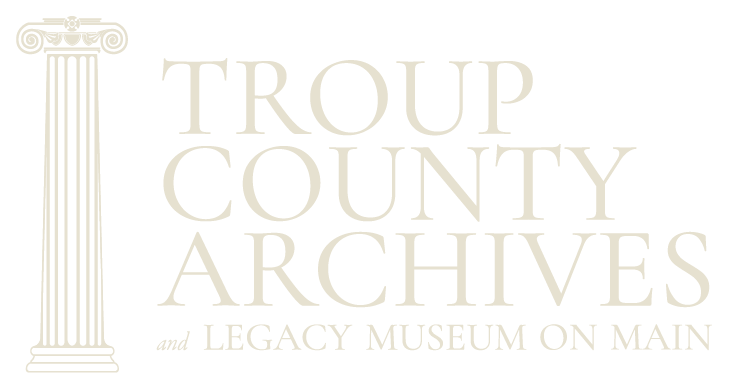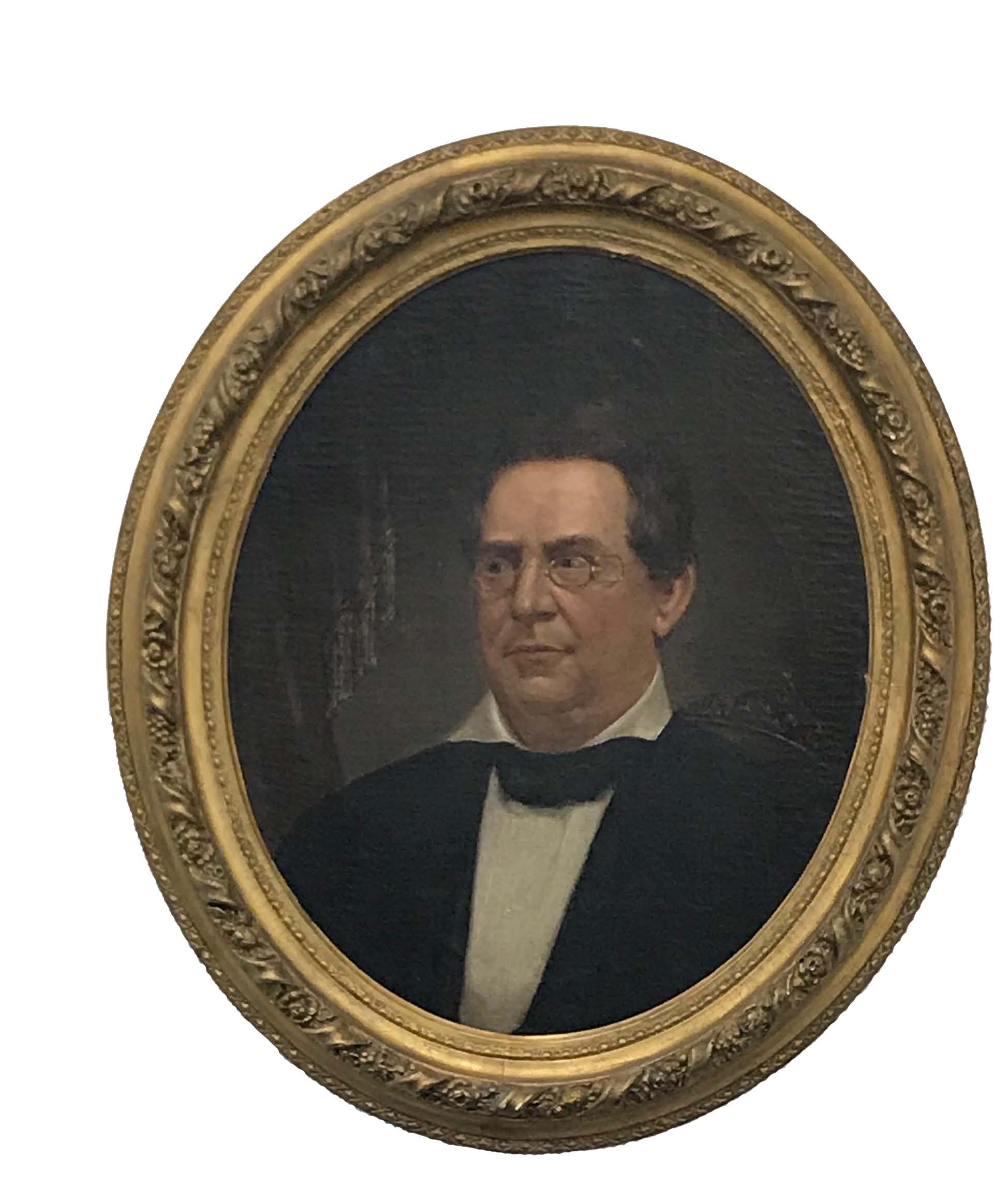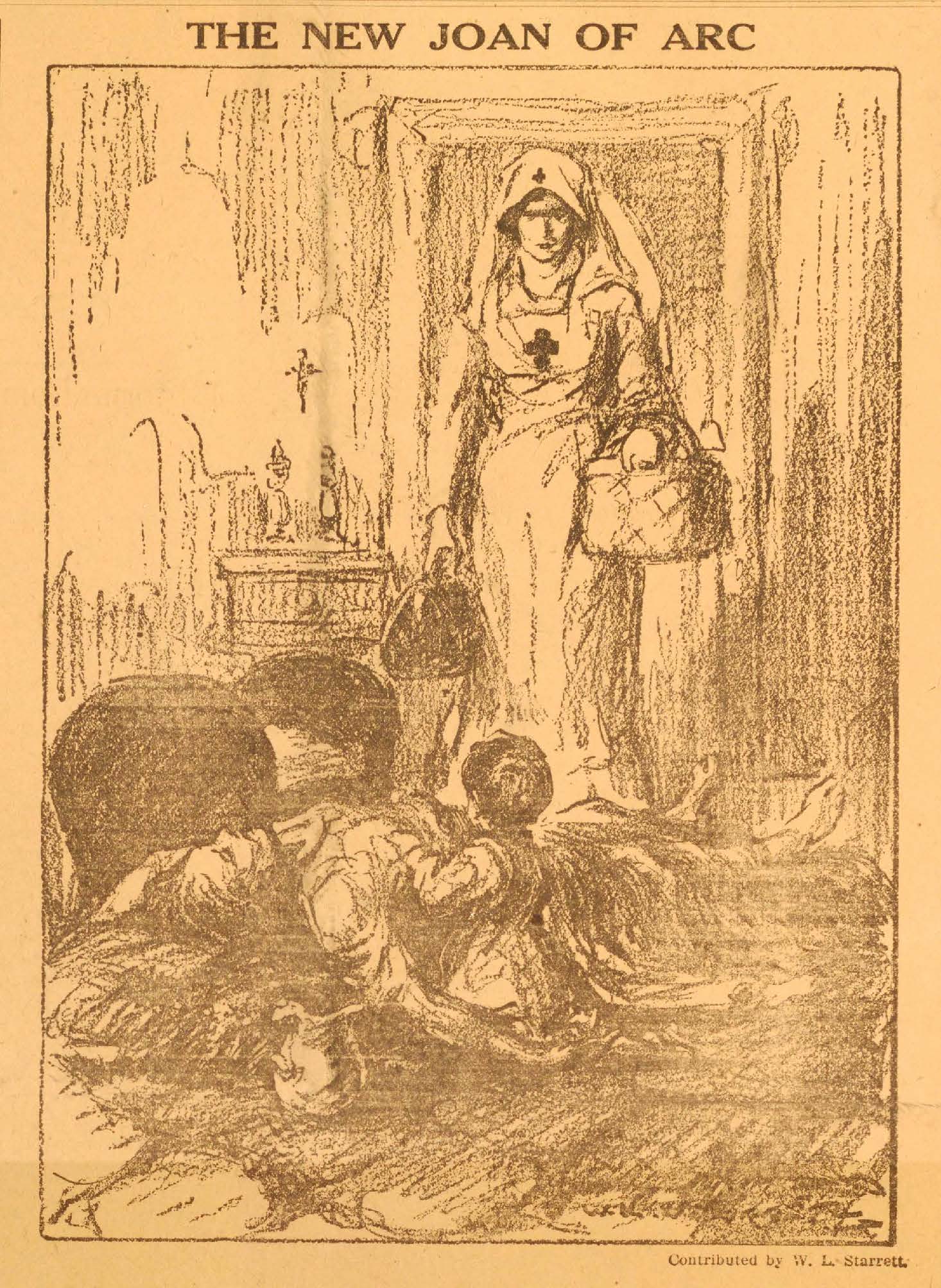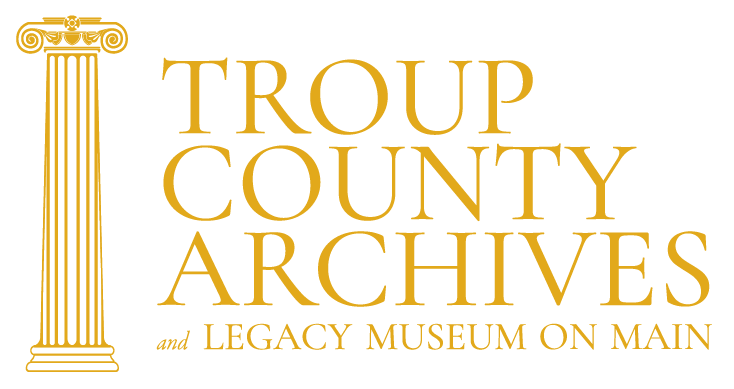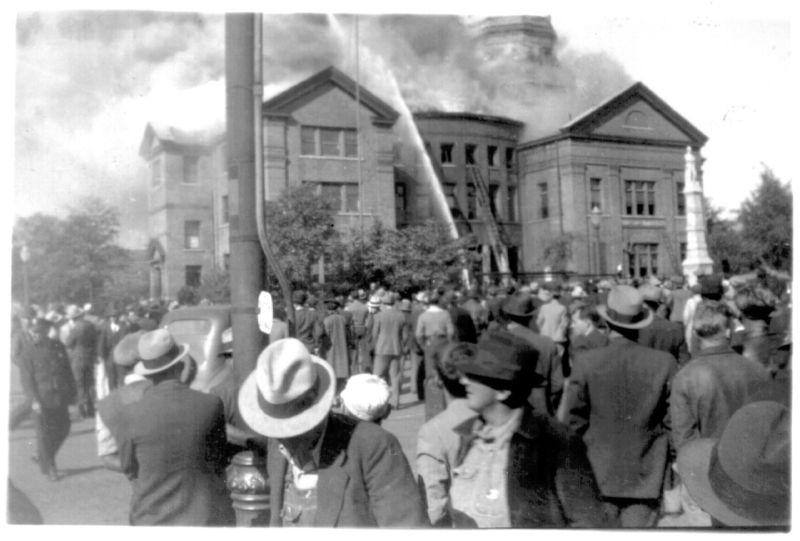
Local photographer Stanley Hutchinson had a studio less than a block from the courthouse, enabling him to capture numerous photographs of the building as it burned in 1936. TCA Collections.
On Thursday, November 5, 1936, a man walked into a telephone booth on the first floor of the courthouse. He left quickly. Suddenly, flames shot out of the booth and what appeared to be gasoline gushed out from underneath the door. The courthouse was on fire! A new courthouse was built on Ridley Avenue in 1939 and today only a statue stands on the site of the Old Courthouse.
Troup County Archives is the official records repository for Troup County, the City of LaGrange, and the Troup County Board of Education. We house hundreds of thousands of documents. In the role of records managers, Archives staff handle all sorts of court papers, so transcripts from routine burglary cases such as these from 1933, don’t usually spark much interest. We discovered the case files in the process of inventorying and straightening up boxes of documents that have been neglected since they were first deposited in the Archives in the 1980s. These papers are significant because the scorch marks and sooty fingerprints indicate that they were very nearly lost in the courthouse fire of November 5, 1936. As the fire spread, heroic volunteers formed a sort of “bucket brigade,” passing books and boxes of records person to person to safety outside the burning building. We can only speculate that these pages remained in the building and somehow survived the flames, or perhaps they were among the very last items snatched up and carried to safety.
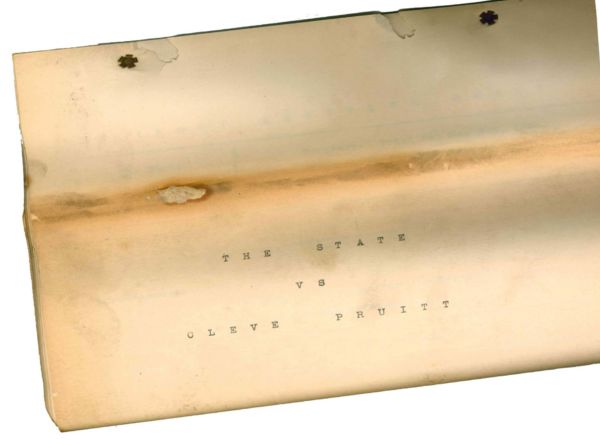
The exterior scan of a burglary case heard in 1933 show evidence of the 1936 fire. These documents are considered of permanent retention and public knowledge by the Georgia State Retention Schedules. TCA Collections.
Now, in our role as conservators, we must decide whether it is appropriate to thoroughly clean and flatten the documents – they are, after all, permanent court records – or preserve them as we found them, relics of a significant episode in our County’s history. One way to provide quicker and more efficient access to records of historical permanence within the Archives is to digitize them. By digitizing permanent records, archivists create surrogate records that ultimately provide for greater access and additional copies in case of emergency. Archives staff and interns are currently digitizing Coun-ty Commission and City Council minutes from the 1800s to present day. The aftermath of the 1936 courthouse fire can be seen in these records as the Troup County Commission works to mitigate and deal with the loss of such an important building to its governance.
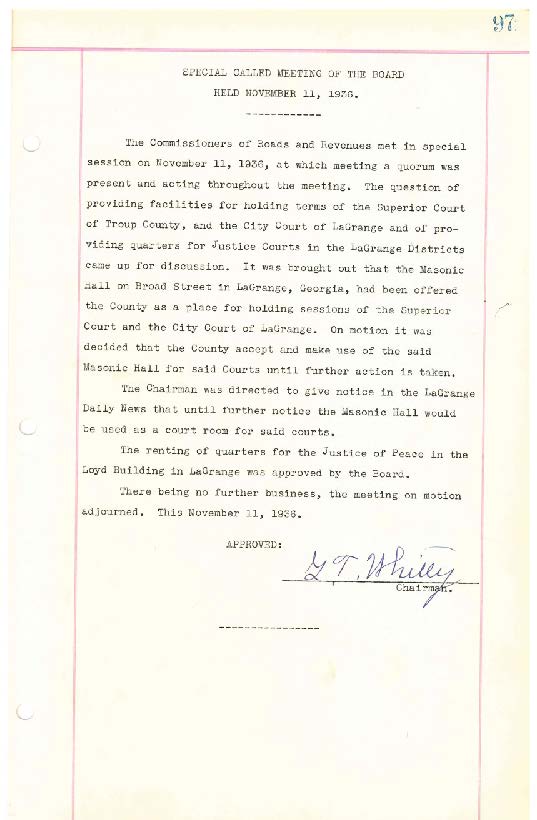
The interior scan of a burglary case heard in 1933 show evidence of the 1936 fire. These documents are considered of permanent retention and public knowledge by the Georgia State Retention Schedules. TCA Collections.
During a special called meeting of the commission on November 11, 1936, the commission decided to take the offer of the local Masonic lodge, on Broad Street at the time, as temporary housing for the courts. During another special called meeting of the commission, this time, on November 20, 1936, it was decided to accept the insurance settlement of $42,275.00 the modern equivalent of $777,215.23. The county sought to apply to the Federal Emergency Administration of Public Works for a grant to aid in the financing of construction and equipment.
The commission entered into an agreement with Robert & Company, Architects and Engineers to design a new courthouse and in February of 1938 bids for construction were discussed by the commission but it was voted to reject all of the bids. It wasn’t until September of 1938 when the commission received funding from the Federal Emergency Administration of Public Works that they would call for a second round of bids and accept that of A.J. Honeycutt Company, Inc. to construct a new courthouse. A.J. Honeycutt Company’s bid for construction of the new courthouse was $210,897.00 the modern equivalent of $3,830,427.98. The courthouse was completed in 1939 and is now known as the “old courthouse” in relation to the new Government Center completed in 2005. The 1939 courthouse is currently occupied by the Juvenile Court. – Alex Hughes
